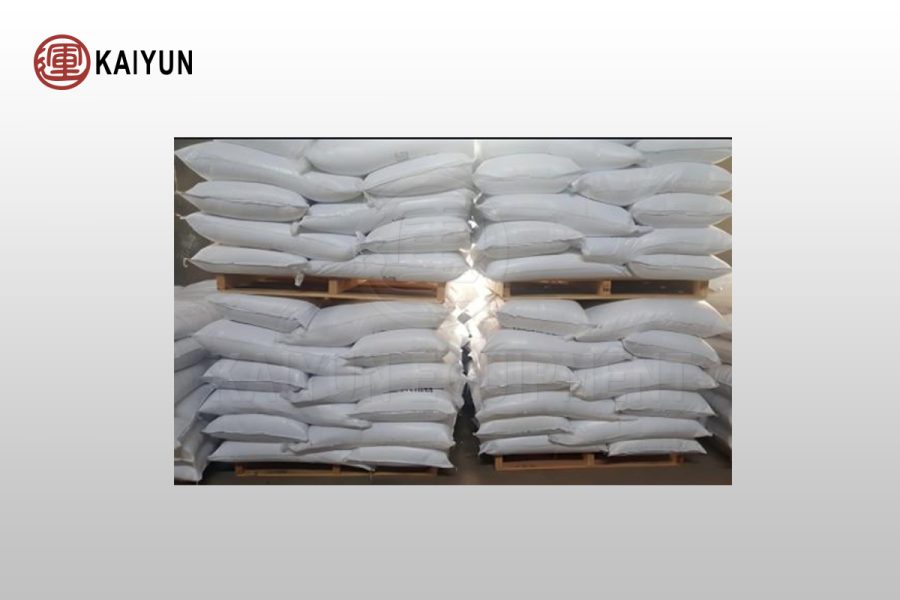Purpose of Gold Ore Pretreatment
The purpose of using leaching agents in gold ore pretreatment is to induce chemical reactions between the agents and gold or other components in the ore, thereby disrupting the encapsulating structure of gold, liberating and dissolving gold into solution. This improves the efficiency and recovery rate of subsequent gold extraction. Currently, leaching agents commonly used in gold ore pretreatment can be categorized into traditional cyanide-based agents and emerging non-cyanide agents, each with distinct characteristics suitable for different types of gold ores.
Table of Contents

Traditional Cyanide-Based Agents
Sodium Cyanide
A widely used gold leaching agent. Under aerobic conditions, it reacts with gold to form water-soluble gold-cyanide complexes, enabling gold dissolution from the ore. Sodium cyanide offers high leaching efficiency and selectivity, achieving satisfactory results for most gold ores. However, it is highly toxic; any leakage during use can cause severe environmental and human harm, and the treatment cost of cyanide-containing wastewater is relatively high.
Potassium Cyanide
Similar in function to sodium cyanide, it also forms complexes with gold for leaching. While its leaching capability is slightly stronger than sodium cyanide, its cost is higher, and it shares the same high toxicity, requiring strict adherence to safety protocols during use and management.
Non-Cyanide Agents
Thiourea
In acidic media, thiourea rapidly reacts with gold to form stable complexes, thereby leaching gold. Compared to cyanides, thiourea is less toxic, offers faster leaching rates, and adapts well to certain refractory gold ores (e.g., carbonaceous gold ores). However, thiourea is unstable under acidic conditions, leading to decomposition, high reagent consumption, and elevated production costs.
Thiosulfates
Commonly represented by sodium thiosulfate, they react with gold under alkaline conditions to form gold-thiosulfate complexes. The thiosulfate leaching method is environmentally friendly, causes minimal equipment corrosion, and is suitable for treating gold ores containing impurities like copper and arsenic. However, the leaching process is complex, influenced by multiple factors, and the gold leaching rate may be lower compared to cyanide methods.
Halogen-Based Agents
Chlorides
Agents like chlorine gas and sodium hypochlorite generate highly oxidative chlorine radicals in aqueous solutions, which oxidize and dissolve gold. Chloride leaching offers fast leaching rates and low reagent costs. However, chlorine gas is irritating and toxic, requiring strict safety measures, and harmful gases may be generated during the process.
Bromides
Bromine and its compounds can also act as gold leaching agents, forming soluble gold-bromide complexes under specific conditions. Bromide leaching boasts high efficiency and mild reaction conditions. However, bromine’s high volatility poses environmental contamination risks.
Amino Acid-Based Agents
Certain amino acids (e.g., glycine) can form complexes with gold under specific conditions to achieve leaching. These agents are non-toxic and eco-friendly, representing a promising new type of gold leaching reagent. However, their leaching efficiency and stability still require improvement, and large-scale applications face technical challenges.
The above outlines common types of leaching agents used in gold ore pretreatment. In actual mineral processing plants, the selection, application, and dosage of agents depend on ore characteristics and processing capacity. Therefore, mineral processing tests should be conducted first to determine suitable pretreatment technologies and agents.